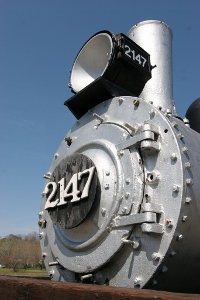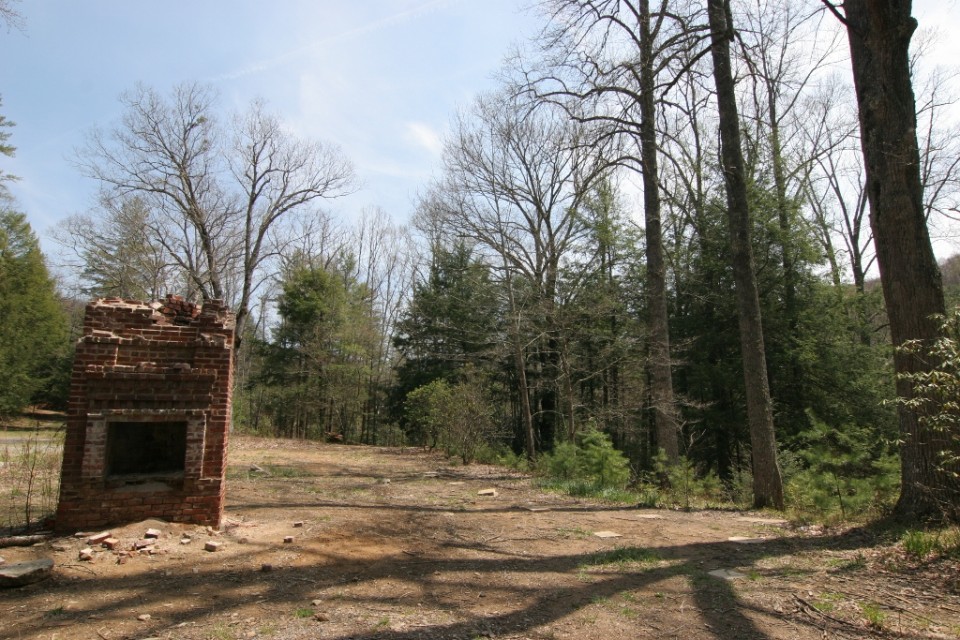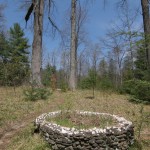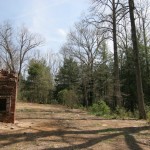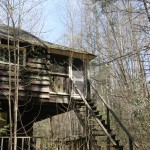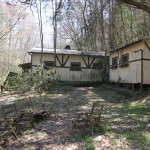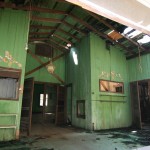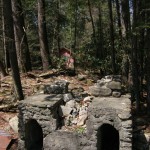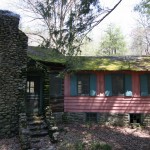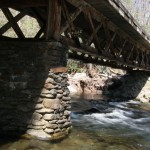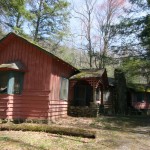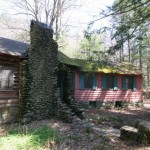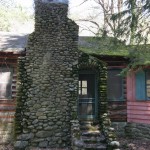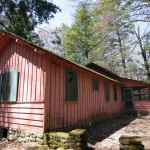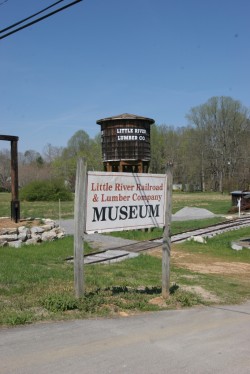 Venture over to Townsend and check out one of the hidden gems of the Smokies – the Little River Railroad and Lumber Company. The early history of the Smoky Mountains is on full display at the museum as visitors can come face to face to the inventive, industrious spirit of those early Smoky Mountain settlers. These frontiersmen and their families, as well as other settlers looking for new opportunities, struck their picks in an area of Appalachia eventually becoming the Great Smoky Mountains National Park.
Venture over to Townsend and check out one of the hidden gems of the Smokies – the Little River Railroad and Lumber Company. The early history of the Smoky Mountains is on full display at the museum as visitors can come face to face to the inventive, industrious spirit of those early Smoky Mountain settlers. These frontiersmen and their families, as well as other settlers looking for new opportunities, struck their picks in an area of Appalachia eventually becoming the Great Smoky Mountains National Park.
The beginnings of the Little River Railroad were due partly to the changing landscape. Settlers had to adapt to their new surroundings and adapt their tools to meet the conditions they worked in. The paths they took indirectly assisted in establishing the roads that we travel today through the Smokies.
The Little River Railroad and Lumber Company museum should be a “must stop” for anyone coming through Townsend, whether on vacation or just passing through. History enthusiasts and railroad historians should definitely pay a visit. The old trains that paved their way through the Smokies are now parked for everyone to see in the museum yard – the Shay Engine, a caboose, a set of turn-of-the-century homes, and a water tower. Each was used in the Smokies as part of the early logging industry.
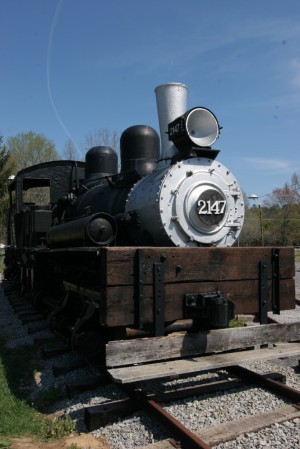 The Shay engine is the centerpiece of the museum and rightfully so. This was the engine that blazed the trail through the Smokies hauling log cars down the mountain to the saw mill. It also transported lumberjacks and other workers up the mountain and back to work. One could say that the Shay engine was the Little River Railroad Company’s backbone in those early years. For train enthusiasts it’s a must-see. You won’t find many of these Shay engines around now-a-days. And to find one as carefully maintained as the one at Little River, that’s a task in itself.
The Shay engine is the centerpiece of the museum and rightfully so. This was the engine that blazed the trail through the Smokies hauling log cars down the mountain to the saw mill. It also transported lumberjacks and other workers up the mountain and back to work. One could say that the Shay engine was the Little River Railroad Company’s backbone in those early years. For train enthusiasts it’s a must-see. You won’t find many of these Shay engines around now-a-days. And to find one as carefully maintained as the one at Little River, that’s a task in itself.
Don’t get too wide-eyed outside, make sure you go inside for a more detailed look at the history of the logging industry in the Great Smoky Mountains. The Elkmont pioneers and the area’s natural history are presented in the first display. Next, you’ll see the rise of the logging industry in detail, as well as the different train models that were used during logging expeditions. The inventiveness of the loggers comes into view in the museum too – designs for new types of rail cars to a swinging bridge for flatcars is detailed and highlighted. The exhibit concludes with a detailed look at the Great Smoky Mountains National Park and how the lumber and railroad industries played a role in its beginnings.
The Little River Railroad and Lumber Company Museum is as much a part of early Great Smoky Mountains National Park history as Cades Cove. Another thing is people wonder about the evolution of the land and how it was used before the founding of the Great Smoky Mountains National Park. Here, you see that evolution in vivid pictures. Vivid pieces of history are preserved, read about the logging industry, or just soak up the essence of early America and the Great Smoky Mountains. It’s a historical experience… stop by and stay for awhile.
